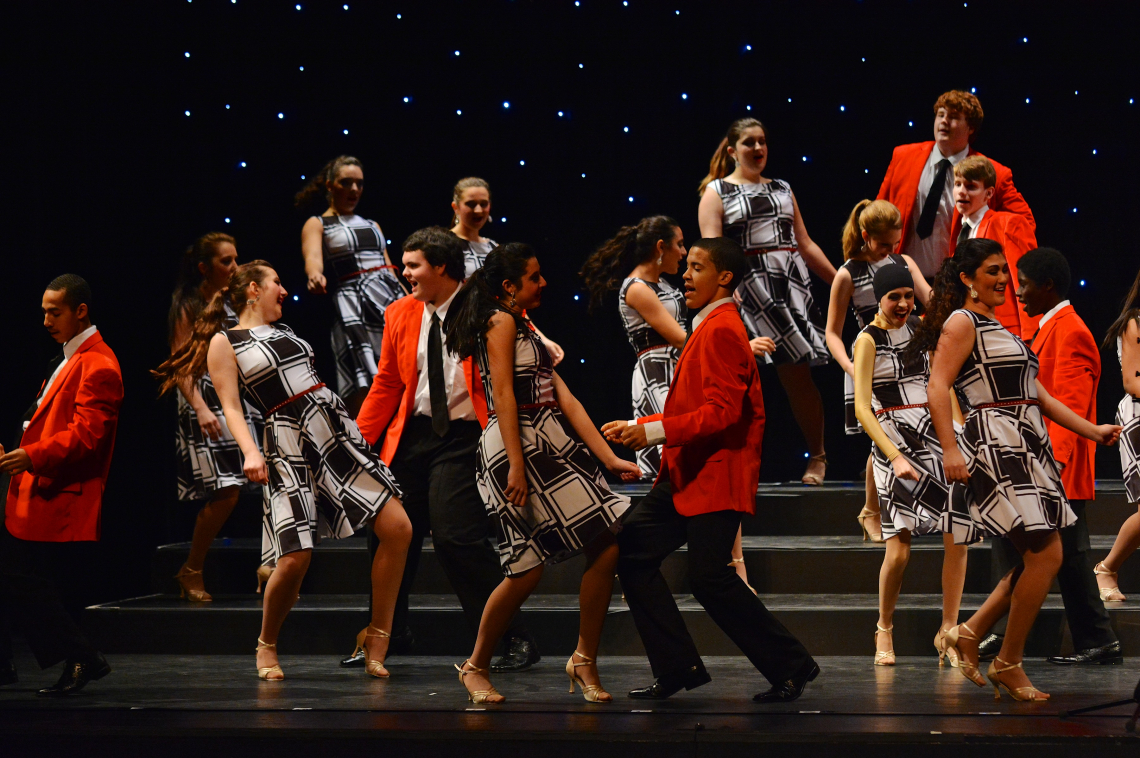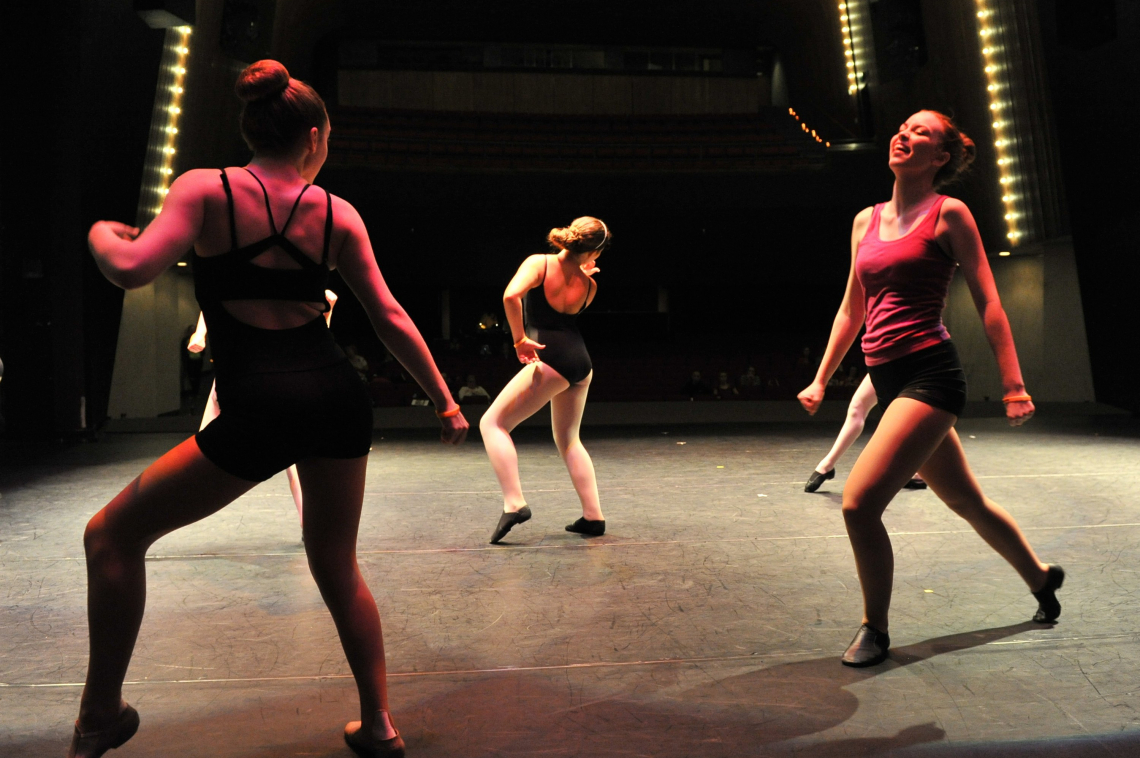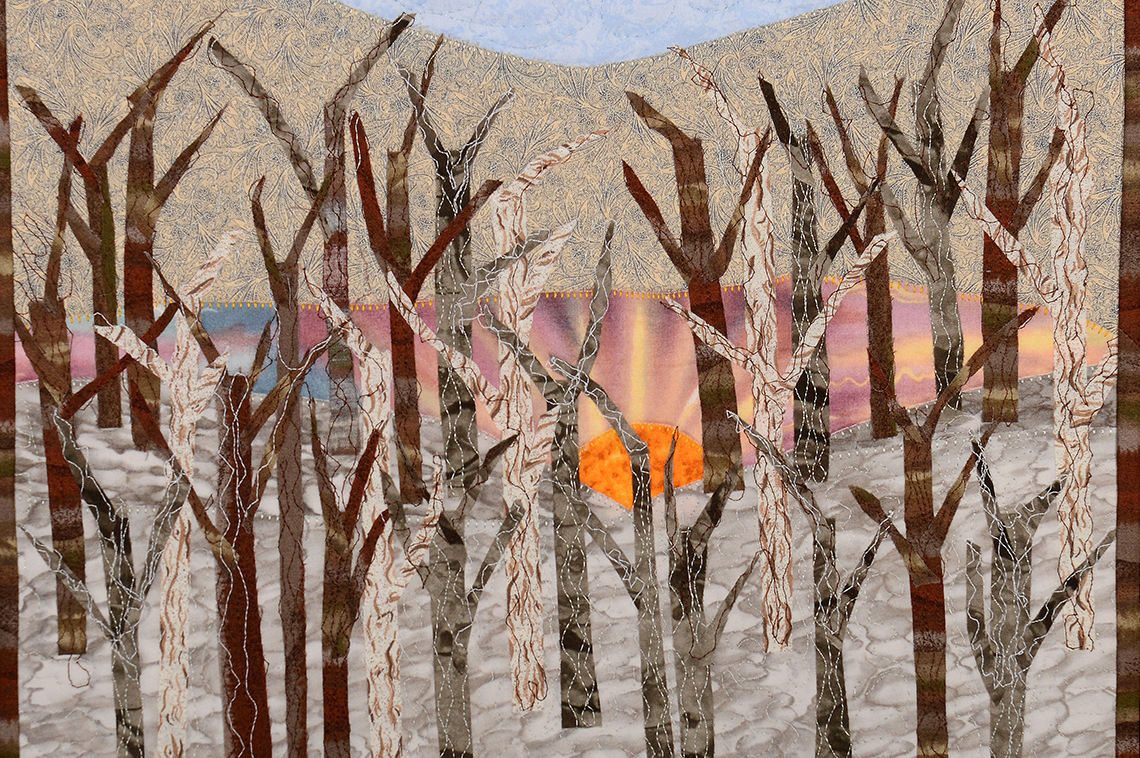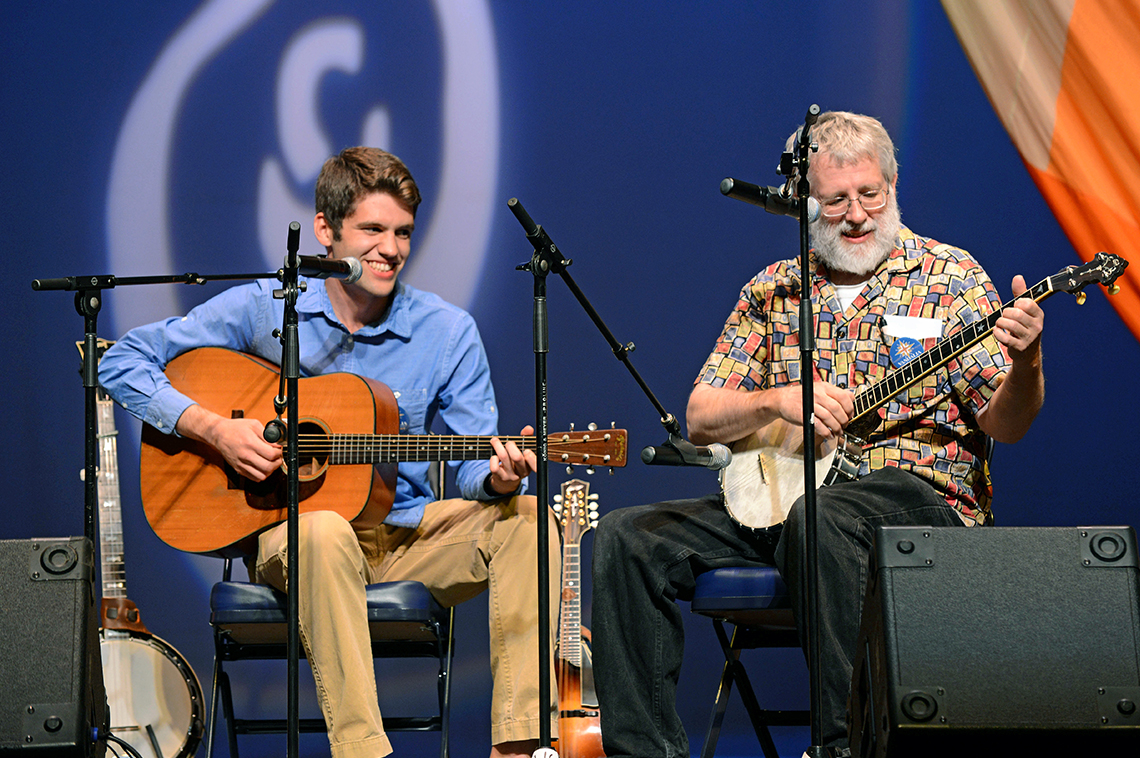



When people from out of state hear that there is a state-funded, state-government-run arts agency in West Virginia, their reactions are always the same: a mixture of fascination and disbelief. At first, this struck me as odd. Do other states not foster this kind of relationship between the arts and their state government? Do their governments not understand the importance the arts have in their communities? It wasn’t until I had a discussion with a peer outside West Virginia that I realized having a state-government-run arts agency isn’t necessarily the norm.
It isn't a well-kept secret that West Virginia has its struggles. What might surprise you is that the love and support we have for the arts exceeds many larger, wealthier states. For West Virginia’s continued growth of its creative economy, it is crucial that there is firm support of the arts from both the state’s elected officials and it citizens. Government officials understood this when they created the Division of Culture and History (DCH), which includes the state arts agency, in the 1970s. Originally its own department, the DCH eventually moved under the Department of Education and the Arts (DEA), reporting directly to the cabinet secretary. This year the DEA was dissolved by the state legislature resulting in the movement of some its divisions to other state agencies. At the time, Governor Jim Justice expressed the need of preserving and promoting the arts in West Virginia. The result was the formation of the Department of Arts, Culture and History (DACH) which reports directly to the governor.
Within itself, the DACH is divided into four main offices that provide services to distinct cultural aspects of the state. One of these offices is the State Arts Office (SAO). Within the SAO is a staff of seven including four arts-grant coordinators, each with his or her own specialty: Arts in Education, Community Arts, Cultural Facilities & ADA/Section 504 and Individual Artist. Through a partnership with the National Endowment for the Arts and dollar-for-dollar matching funds from the West Virginia state government, the SAO develops and maintains the 12 grant programs that support the local arts and artisans.
Each coordinator has responsibility for a set of grant programs. In turn, all programs have their own specific set of guidelines.
The Arts in Education coordinator oversees all school-based and educational grant programs. These grants provide support for curriculum-based, hands-on projects involving K-12 students and teachers in the arts during daily instruction or outside of regular school hours. They also provide presenting support for performing, literary and visual artists to students in grades K-12.
The Community Arts coordinator oversees the Community Arts Project Support and Organizational Development (CAPS), Arts Partners and the EZ Arts Access grant programs. CAPS grants provide presenting support for projects in all disciplines offering arts programming to the public arts organizations. EZ Arts Access is a simplified program awarding small budget arts organizations mini-grants with minimum paperwork.
The Cultural Facilities and Capital Resources (CFCR) grant program is a line item in the West Virginia state budget. This funding from state code provides support for the acquisition, construction and renovation of arts venues, accessibility improvements and the purchases of durable goods and equipment.
The Individual Artist coordinator oversees the Professional Development and Travel & Training grant programs and maintains the state’s artist register. These programs provide support for professional/emerging artists and organizations that support artists in expanding or improving their portfolio or sharing their expertise with others.
Besides grant programs, we also help communities become Certified Arts Communities and produce the state Poetry Out Loud contest. We put significant importance on traveling throughout the state providing grant-writing workshops and holding town meetings. At these events citizens meet with arts staff in discussing their vision for arts in their respective communities. It is important that we listen to our people and that we include diverse voices in the arts in West Virginia.
The West Virginia Department of Arts, Culture and History and government leaders understand the importance of the arts in West Virginia. We know that growing a creative economy is critical to the success of our beloved state. West Virginia might not compete with other states in landing Fortune 500 companies. Our unusual topography (WV is the only state whose borders fall entirely within the Appalachian region) poses a challenge both for infrastructure and access. That landscape also gives West Virginia her bountiful scenic beauty and makes our culture truly unique. We may not have the strongest business climate, but we do have one of the most vibrant arts scenes in the country. From National Public Radio’s “Mountain Stage” produced in Charleston to the Contemporary American Theater Festival in Shepherdstown, I challenge anyone to find a state government that is more dedicated to the arts than West Virginia’s.





